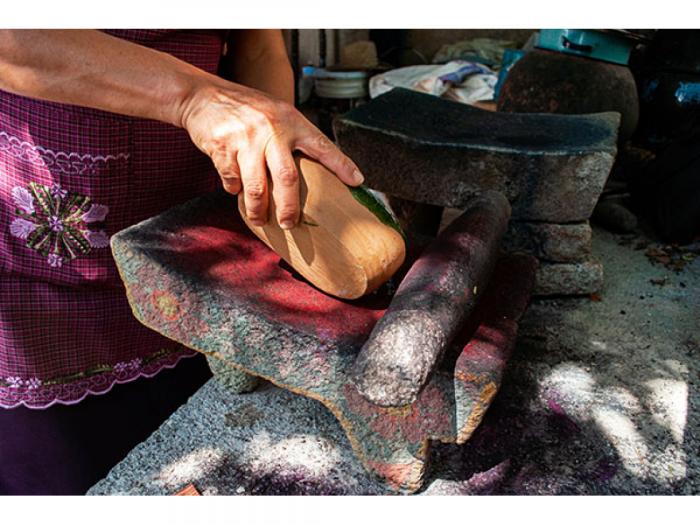Mexican Red: The Perfect Color that Changed the World (Free Virtual Lecture) / Rojo Mexicano: El Color Perfecto que Cambió el Mundo (Conferencia Virtual Gratuita)
By Harvard Museums of Science & Culture and Peabody Museum of Archaeology & Ethnology
Gabriela Soto Laveaga traces the fascinating history of cochineal pigment, a highly-valued red shade, and the many efforts to control its trade in this free virtual talk (interpretación en español).

.: Wed, April 20 2022 6pm – 7pm.
Ages: Adults.
Free!
Location
- Only virtual (online or over the phone).
Additional information
Gabriela Soto Laveaga, Professor of the History of Science and Antonio Madero Professor for the Study of Mexico, Harvard University
Cochineal (Dactylopius coccus) is a small insect that produces a brilliant red pigment. Found in textiles, paintings, cosmetics, and many other objects that span the globe, cochineal is an integral part of world history. Cochineal pigment was used by Mesoamerican peoples long before the Spanish arrived in the sixteenth century. After being introduced to Europe, it quickly became a precious commodity and control over its global trade was a source of conflict and competition for over three centuries. In this lecture, Gabriela Soto Laveaga will trace the fascinating history of cochineal production and the many efforts to control its trade.
Presented in English with live Spanish interpretation by the Peabody Museum of Archaeology & Ethnology and the Harvard Museums of Science & Culture in collaboration with the Mexico Program of the David Rockefeller Center for Latin American Studies.
Visit the related bilingual online exhibit launching April 20, Cochineal: How Mexico Made the World See Red, at https://hmsc.harvard.edu/exhibit-spotlight.
***
La cochinilla (Dactylopius coccus) es un pequeño insecto que produce un pigmento rojo brillante. Utilizada en textiles, pinturas, cosméticos y muchos otros objetos alrededor del mundo, la cochinilla es una parte integral de la historia mundial. La grana cochinilla fue utilizada por los pueblos mesoamericanos mucho antes de la llegada de los españoles en el siglo XVI. Una vez introducida en Europa, se convirtió rápidamente en un bien preciado y el control de su comercio mundial fue fuente de conflictos y competencia durante más de tres siglos. En esta conferencia, Gabriela Soto Laveaga recorrerá la fascinante historia de la producción de grana cochinilla y los numerosos esfuerzos por controlar su comercio.
Presentada en inglés con interpretación en vivo en español por el Peabody Museum of Archaeology & Ethnology, Harvard Museums of Science & Culture y el Programa de México del David Rockefeller Center for Latin American Studies.
Visite la exposición bilingüe en línea que se inaugurará el 20 de abril del 2022, Cochinilla: Cómo México Hizo que el Mundo Viera el Rojo, en https://hmsc.harvard.edu/exhibit-spotlight.
Last updated March 30, 2022.
